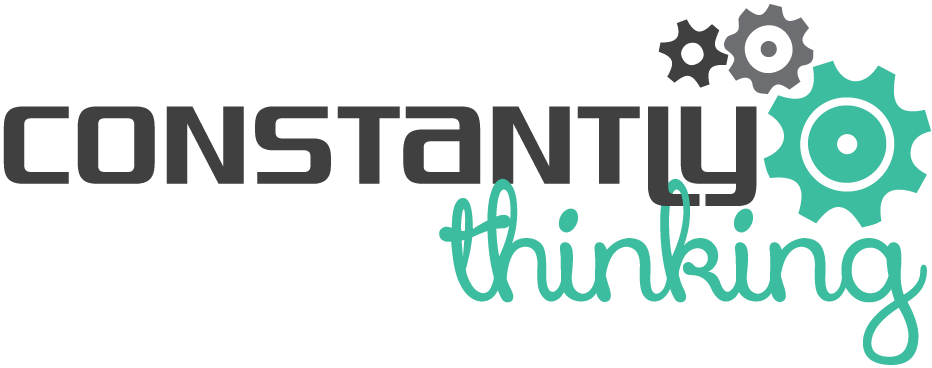
How AI-Powered FP&A Platforms Like Vena Are Revolutionizing Financial Planning in Tech-Driven Businesses
In today’s rapidly evolving digital landscape, businesses are under unprecedented pressure to adapt swiftly, make data-driven decisions, and stay ahead of competitors. Financial Planning & Analysis (FP&A) has traditionally been a manual, time-consuming process, often riddled with inaccuracies and delays. However, with the advent of Artificial Intelligence (AI), FP&A platforms such as Vena are transforming the way tech-driven companies approach financial planning, forecasting, and analysis. This comprehensive guide explores how these AI-powered solutions are revolutionizing FP&A and why they are essential for modern businesses.
The Shift in FP&A: From Traditional to AI-Driven Approaches
Traditional FP&A Challenges
Historically, FP&A involved spreadsheets, manual data consolidation, and siloed processes, leading to several challenges:
- Data Silos and Disintegration: Data stored across disparate sources makes consolidation complex and error-prone.
- Time-Intensive Processes: Manual data entry, reconciliation, and reporting consume significant time.
- Limited Agility: Static forecasts struggle to keep pace with fast-changing market conditions.
- Error Susceptibility: Human errors in data entry or formula calculations can skew insights.
- Lack of Real-Time Visibility: Decision-makers often operate on outdated data.
The AI Revolution in FP&A
AI integration addresses these issues by automating data processing, enabling real-time insights, and enhancing predictive accuracy. Platforms like Vena now incorporate advanced AI features—including machine learning algorithms, natural language processing, and predictive analytics—making FP&A more dynamic, accurate, and insightful.
Key Features of AI-Powered FP&A Platforms like Vena
1. Automated Data Collection and Reconciliation
AI-powered platforms can connect seamlessly with various data sources including ERPs, CRM systems, and cloud-based data warehouses. They automatically extract, consolidate, and validate data, significantly reducing manual effort and errors.
Visual Suggestion: Diagram illustrating data flow from multiple sources into the FP&A platform with automated reconciliation.
2. Advanced Forecasting Using Machine Learning
Traditional forecasting relies on historical data and predefined assumptions. AI enhances this by analyzing complex patterns and trends to generate more accurate projections. Vena’s machine learning models adapt continuously based on new data, refining forecast accuracy over time.
Infographic Suggestion: Comparison chart showing forecast accuracy before and after AI integration across several scenarios.
3. Scenario Planning and Simulation
AI enables rapid scenario analysis—allowing finance teams to test various assumptions and understand potential impacts swiftly. Vena’s platform can simulate different business environments, helping leaders make informed strategic decisions.
Visual Suggestion: Interactive grid or chart illustrating multiple scenario outcomes.
4. Real-Time Business Insights
AI platforms offer dashboards that update automatically, providing real-time visibility into financial health. Natural language processing enables users to ask questions conversationally and receive instant reports.
Screenshot Suggestion: Example of an AI-powered dashboard summarizing key financial KPIs.
5. Anomaly Detection and Risk Management
AI models can identify anomalies—such as unusual expenses or revenue fluctuations—early. This proactive approach helps mitigate risks before they escalate.
Visual Suggestion: Line chart highlighting detected anomalies within financial data.
6. Collaborative and Cloud-Based Access
Cloud compatibility ensures remote access, collaboration, and version control. AI-driven features promote shared insights and faster decision-making across organizational hierarchies.
Why AI-Enabled FP&A Like Vena is a Game-Changer for Tech Businesses
1. Increased Speed and Efficiency
Automation accelerates routine tasks—such as data consolidation and report generation—freeing finance teams to focus on strategic analysis. For instance, repetitive data entry tasks can be reduced by up to 80% with AI automation, according to Gartner[1].
2. Enhanced Forecasting Accuracy
Machine learning models consider a broader range of variables, enabling more precise forecasts. Accurate forecasts are critical for tech companies where product launches, R&D cycles, and market dynamics can be unpredictable.
3. Better Decision-Making with Real-Time Data
Firms gain immediate insights into financial performance, allowing for agile responses to market shifts or operational issues. For example, a sudden drop in subscription revenue can be detected quickly, prompting corrective actions.
4. Cost Savings and ROI
Reducing manual effort and minimizing errors lead to significant cost reductions. McKinsey estimates that AI in finance functions can generate productivity gains of 20-30%[2].
5. Scalability and Flexibility
As tech firms grow and data complexity increases, AI-powered FP&A platforms scale seamlessly. They adapt to new data sources and evolving business models without extensive reconfiguration.
6. Enhanced Compliance and Control
AI tools offer audit trails, version control, and compliance checks, reducing the risk of regulatory penalties and improving governance.
Challenges and Considerations When Implementing AI in FP&A
While the benefits are compelling, integrating AI-powered platforms like Vena requires careful planning:
- Data Quality and Governance: Ensuring data accuracy and establishing clear governance policies are foundational.
- Change Management: Training staff and fostering a culture that embraces technological change is critical.
- Integration Complexity: Seamless integration with legacy systems may require specialized expertise.
- Cost and ROI Justification: Initial investment can be significant, necessitating thorough ROI analysis.
Future Outlook: The Evolution of AI in Financial Planning
The capabilities of AI in FP&A are accelerating. The future points toward hyper-automation, increased use of predictive insights, and integration with other AI-driven business functions:
- Intuitive Natural Language Querying: Allowing non-technical users to interact with complex data via simple language.
- Embedded AI in ERP Systems: Providing embedded predictive and prescriptive analytics.
- Use of Big Data and External Data Sources: Incorporating market trends, social sentiment, and macroeconomic indicators into forecasts.
Visual Summary: The Impact of AI in FP&A
Imagine a comprehensive infographic outlining the transformation from traditional FP&A to AI-powered solutions, highlighting key benefits, features, and future trends.
References
- Gartner. (2022). AI and automation in financial processes: Trends and forecasts. Gartner Research Reports.
- McKinsey & Company. (2021). The future of finance: How automation and AI are transforming FP&A. McKinsey Insights.
Conclusion
AI-powered FP&A platforms like Vena are fundamentally redefining financial planning for tech-driven businesses. By automating data processes, enhancing forecast accuracy, and providing real-time insights, these solutions empower organizations to operate more efficiently, make smarter decisions, and adapt swiftly to an ever-changing market landscape. As technological capabilities continue to advance, embracing AI in FP&A isn’t just a competitive advantage—it’s a necessity for sustainable growth in the digital age.
Visual Content Suggestions for Maximized Engagement
- Diagrams illustrating AI data flow in FP&A processes.
- Comparison charts of traditional vs AI-powered forecasting accuracy.
- Infographics on benefits, challenges, and future trends.
- Interactive dashboards showcasing real-time financial insights.
- Flowcharts depicting scenario planning capabilities.
This comprehensive understanding of AI’s role in modern FP&A ensures that tech companies can leverage these innovations for operational excellence and strategic agility, securing their position in an increasingly competitive marketplace.
Note: For organizations considering AI adoption, consulting with specialized vendors and conducting pilot programs can help tailor solutions to unique business needs.






